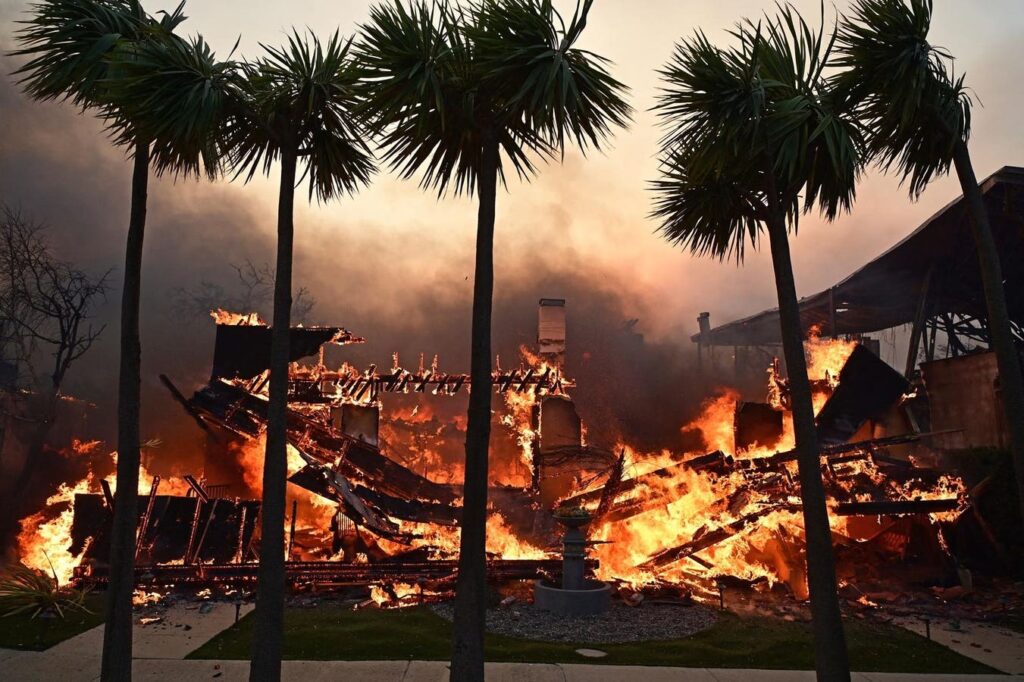The IRS has announced tax relief for individuals and businesses in southern California affected by the wildfires that began on January 7, 2025. Governor Gavin Newsom announced that California’s Franchise Tax Board is providing similar tax relief. Under the IRS announcement, impacted taxpayers now have until Oct. 15, 2025, to file various individual and business tax returns and make tax payments. The IRS relief applies to any area designated by the Federal Emergency Management Agency (FEMA), so individuals and households that reside or have a business in Los Angeles County qualify for tax relief. The relief will be available to any other counties added later to the disaster area as listed on the Tax relief in disaster situations page on IRS.gov.
Delayed Filing and Payment Deadlines
The tax relief postpones various tax filing and payment deadlines that occurred from Jan. 7, 2025, through Oct. 15, 2025 (postponement period). This allows individuals and businesses until Oct. 15, 2025, to file returns and pay any taxes that were originally due during this period.
This means, for example, that the Oct. 15, 2025, deadline will now apply to:
- Individual income tax returns and payments normally due on April 15, 2025.
- 2024 contributions to IRAs and health savings accounts for eligible taxpayers.
- 2024 quarterly estimated income tax payments normally due on Jan. 15, 2025, and estimated tax payments normally due on April 15, June 16 and Sept. 15, 2025.
- Quarterly payroll and excise tax returns normally due on Jan. 31, April 30 and July 31, 2025.
- Calendar-year partnership and S corporation returns normally due on March 17, 2025.
- Calendar-year corporation and fiduciary returns and payments normally due on April 15, 2025.
- Calendar-year tax-exempt organization returns normally due on May 15, 2025.
In addition, penalties for failing to make payroll and excise tax deposits due on or after Jan. 7, 2025, and before Jan. 22, 2025, will be abated as long as the deposits are made by Jan. 22, 2025. The Disaster assistance and emergency relief for individuals and businesses page has details on other returns, payments and tax-related actions qualifying for relief during the postponement period.
Who Qualifies
The IRS automatically provides filing and penalty relief to any taxpayer with an IRS address of record located in the disaster area. If an affected taxpayer does not have an IRS address of record located in the disaster area (such as a person who moved to the disaster area after filing their return), they should call the number on the notice to have the penalty abated.
The IRS will work with any taxpayer who lives outside the disaster area but whose records necessary to meet a deadline occurring during the postponement period are located in the affected area. Taxpayers qualifying for relief who live outside the disaster area need to contact the IRS at 866-562-5227. This also includes workers assisting the relief activities who are affiliated with a recognized government or philanthropic organization.
Additional Tax Relief
Individuals and businesses in a federally declared disaster area who suffered uninsured or unreimbursed disaster-related losses can choose to claim them on either the return for the year the loss occurred (in this instance, the 2025 return normally filed next year), or the return for the prior year (2024). Taxpayers have extra time – up to six months after the due date of the taxpayer’s federal income tax return for the disaster year to make the election.
Qualified disaster relief payments are generally excluded from gross income. In general, this means that affected taxpayers can exclude from their gross income amounts received from a government agency for reasonable and necessary personal, family, living or funeral expenses, as well as for the repair or rehabilitation of their home, or for the repair or replacement of its contents, as explained in IRS Publication 525.
Read the full article here

